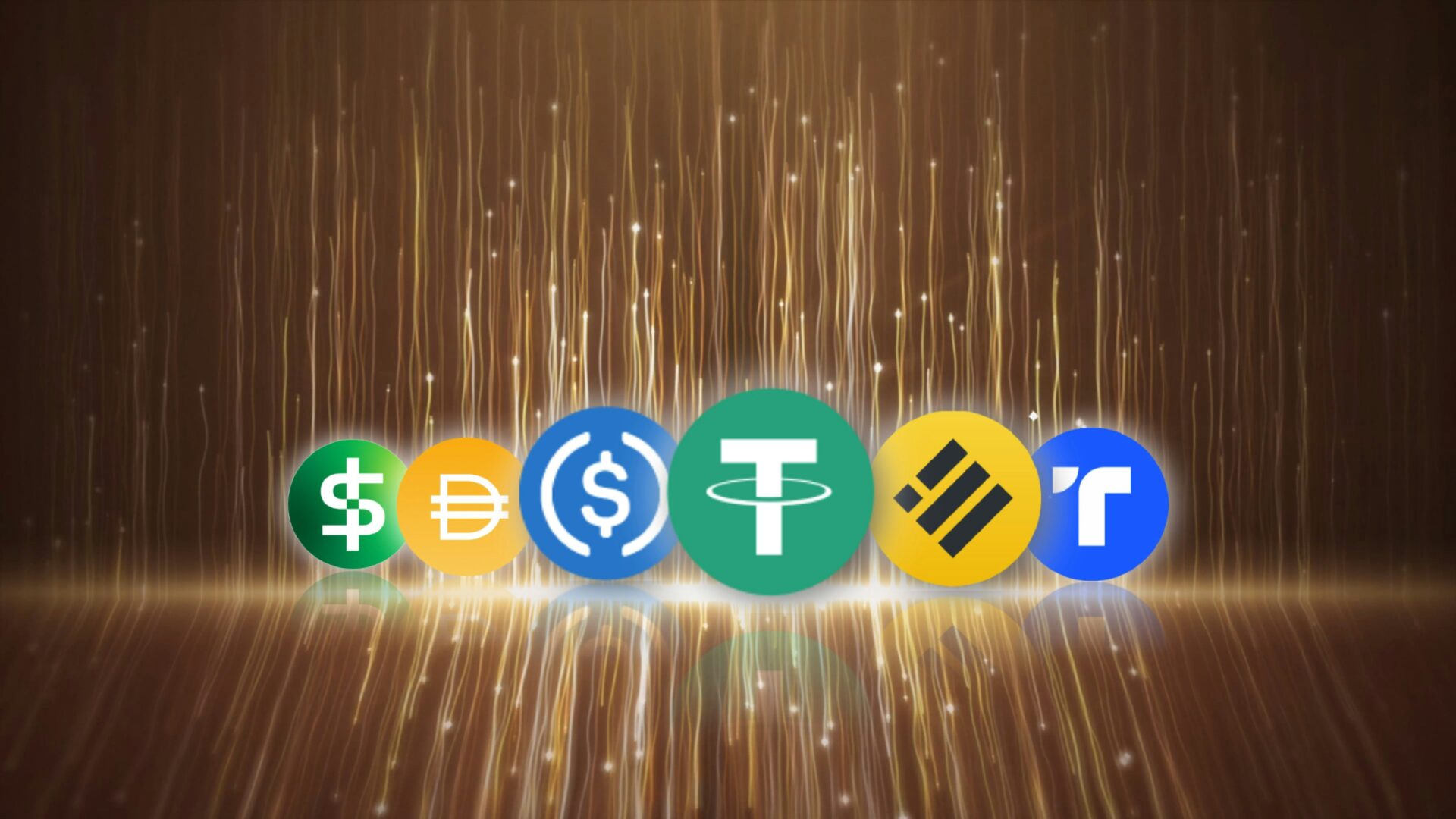In 2024, the cryptocurrency landscape saw a significant resurgence of stablecoins, with Tether (USDT) and USD Coin (USDC) leading the charge. Recent data from AMBCrypto’s report, reveals that the total supply of stablecoins increased by 29% from January to mid-August, reaching $168 billion. This growth brings the market close to its previous peak of $188 billion in May 2022, underscoring the increasing importance of stablecoins in the digital economy.
Stablecoins, unlike their more volatile cryptocurrency counterparts, are designed to maintain a stable value, typically pegged to a fiat currency like the US dollar. This stability has made them essential tools in the crypto space, providing liquidity and a reliable medium of exchange. But what’s driving the current resurgence, and how have Tether and USDC managed to dominate this growing market?
Tether’s Market Dominance
Tether, the first and most widely used stablecoin, has significantly benefited from the rising interest rate environment in 2024. The company’s strong performance is evident in its record-breaking $4.52 billion net profit in the first quarter of the year. Much of this success is attributed to Tether’s substantial holdings in US Treasury bills, which have yielded impressive returns amid rising interest rates.
Tether’s market dominance is further bolstered by its widespread adoption across various cryptocurrency exchanges and platforms. As the stablecoin of choice for many traders, Tether offers a quick and efficient way to move in and out of positions without the volatility associated with other cryptocurrencies. This utility has made Tether an indispensable part of the crypto trading ecosystem.
However, Tether’s dominance isn’t without challenges. The company has faced scrutiny over its reserve backing and transparency. Despite these concerns, Tether has maintained its position as the leading stablecoin, continually evolving to meet the demands of a growing market. But Tether is not alone in this space.
USDC’s Resilience and Growth
While Tether has held the spotlight, USDC has shown remarkable resilience and growth, especially after facing challenges in 2023. Despite a temporary de-peg that year, USDC made a strong comeback in 2024, with its market capitalization growing from $24 billion at the start of the year to $34.34 billion by mid-August. This resurgence highlights USDC’s ability to weather market turbulence and regain investor trust.
USDC, issued by Circle, has become a preferred stablecoin for many institutions and individuals due to its transparency and regulatory compliance. Circle’s commitment to regular audits and full reserve backing has helped build confidence among users, distinguishing USDC from other stablecoins. This focus on transparency and security has made USDC a formidable competitor in the stablecoin market.
As the stablecoin market continues to grow, the roles of Tether and USDC become increasingly crucial. Both stablecoins command approximately 90% of the market share, consolidating their positions as the most trusted and widely used stablecoins in the cryptocurrency ecosystem. But why is there such a surge in stablecoin usage in 2024?
The Role of Stablecoins in the Crypto Ecosystem
Stablecoins like Tether and USDC have become integral to the broader cryptocurrency ecosystem. They provide the stability that is often lacking in the volatile crypto market, allowing traders to quickly move funds without the risk of sudden value changes. This is particularly important for those who wish to preserve their capital during periods of market instability.
Moreover, stablecoins facilitate the seamless transfer of value across different platforms and exchanges. They are used not only for trading but also for lending, borrowing, and earning interest in decentralized finance (DeFi) applications. The growing adoption of stablecoins in DeFi has further cemented their role as essential tools in the digital economy.
The stability and utility of stablecoins have also attracted more conservative investors to the crypto space. These investors are looking for ways to participate in the digital economy without the extreme risks associated with more volatile assets like Bitcoin and Ethereum. Stablecoins offer a safer entry point, driving further growth in their usage.
Challenges and Opportunities Ahead
Despite their current dominance, Tether and USDC face several challenges. Regulatory scrutiny is one of the biggest hurdles. As stablecoins continue to grow in prominence, they are increasingly coming under the watchful eye of regulators around the world. Ensuring compliance with evolving regulations will be crucial for the continued success of these stablecoins.
Another challenge is the competition from emerging stablecoins and decentralized alternatives. While Tether and USDC currently dominate the market, new entrants are continually seeking to carve out their niche. These competitors often tout greater decentralization or alternative reserve mechanisms as their unique selling points.
However, the opportunities for Tether and USDC are vast. The ongoing expansion of the DeFi space, coupled with the increasing integration of stablecoins into traditional financial systems, presents significant growth potential. As the digital economy continues to evolve, stablecoins are likely to play an even more central role, bridging the gap between traditional finance and the crypto world.
The Future of Stablecoins
Looking ahead, the future of stablecoins like Tether and USDC appears promising. Their continued dominance will depend on their ability to adapt to regulatory changes, address transparency concerns, and innovate in response to competition. As the stablecoin market approaches its previous highs, these assets are set to become even more integral to the functioning of the digital economy.
In conclusion, the resurgence of stablecoins in 2024, led by Tether and USDC, is a testament to their growing importance in the cryptocurrency landscape. Their ability to command such a significant market share reflects their utility, stability, and the trust they have built among users. As we move forward, the role of stablecoins will only become more pronounced, shaping the future of finance in the digital age.

